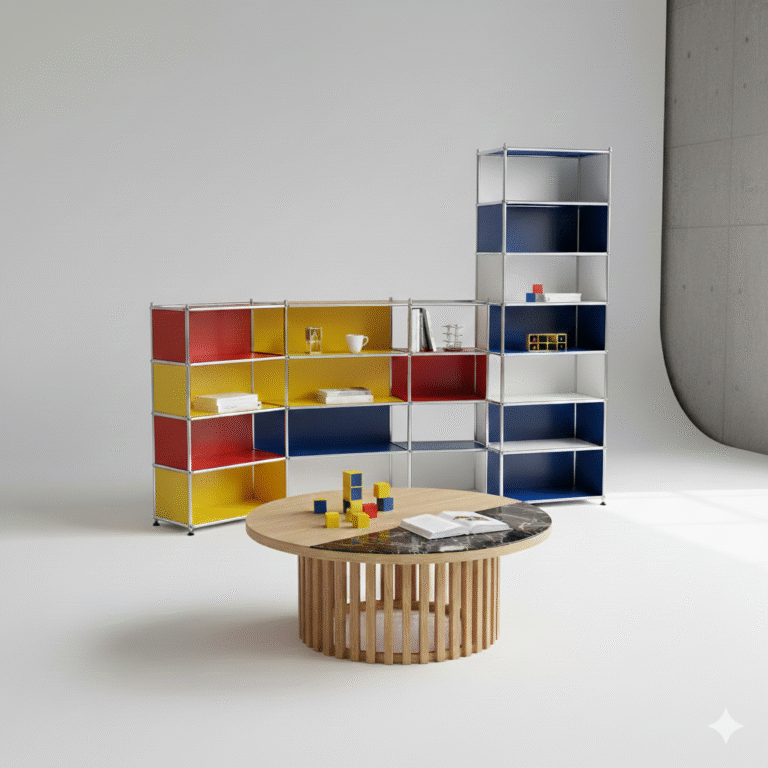Fashion designs can also have individual character if they combine existing elements in an original way. That is the essence of the judgment handed down by the Court of Justice of the European Union (ECJ) on 19 June 2014 in legal proceedings between Karen Millen and Dunnes. The judgment supersedes the ruling given by the Dutch Supreme Court in the case of Apple vs. Samsung only little more than a year ago on 31 May 2013.
Karen Millen vs. Dunnes
In these proceedings (originally commenced in Ireland), Karen Millen contended that Dunnes had infringed its design rights to two striped shirts and a black top by manufacturing and selling exact copies. Karen Millen relied on its ownership of unregistered Community designs. While not disputing that it had copied the garments, Dunnes challenged the validity of the designs, arguing that they lacked individual character. Dunnes also stated that Karen Millen should be ordered to prove the individual character of the designs at issue.

The assessment of the individual character of a design involves verifying whether the overall impression it produces on the informed user differs from that produced by any earlier design (the existing design corpus).
The question that the Irish Supreme Court referred to the ECJ for a preliminary ruling was whether such an assessment should be based on the existing design corpus as a whole – in other words, all existing design elements taken together – or rather that the design should be compared with specific, individual designs forming part of the existing design corpus. The Irish Supreme Court also asked the ECJ whether the owner of a design is obliged to prove the design’s individual character.
ECJ judgment
The ECJ held that the assessment of the individual character of a design involves verifying whether the overall impression it produces on the informed user differs from that produced by one or more specific, individualised, defined and identified designs from among all the designs which have been made available to the public previously. The fact that a design has features that have already been used in various earlier designs does not automatically imply that it lacks individual character.
This means that if a design combines existing features in its own way, it may still be deemed to have individual character in comparison with earlier designs.
The judgment is in line with copyright case law, which states that any combination of unprotected elements may nevertheless constitute a work having original individual character. This has already had a positive effect on the fashion industry in particular, but the recent Karen Millen judgment safeguards fashion design rights as well. So this is good news for an industry sector famous for using and combining existing features over and over again (whether or not in a new way).
The Karen Millen judgment supersedes the recent Dutch Supreme Court ruling in the case of Apple vs. Samsung on the iPad design right. In this ruling, the Supreme Court held that the individual character of the design should be assessed by reference to all existing design elements taken together.
Burden of proof
As to the burden of proof, the ECJ also ruled in the design owner’s favour. Design owners are not required to prove that their design has individual character, but need only indicate when the design was first made available to the public and what element or elements give the design its individual character. It is up to the party contesting the validity of the design to demonstrate (by reference to specific earlier designs forming part of the existing design corpus) that the design lacks individual character.
Conclusion
A design combining existing features in an original way has individual character relative to earlier designs. The individual character should be assessed by reference to specific earlier designs in the existing design corpus. This is in keeping with copyright law, under which a combination of unprotected elements may nevertheless constitute a work having original individual character. The ECJ judgment has positive implications for the fashion industry.



